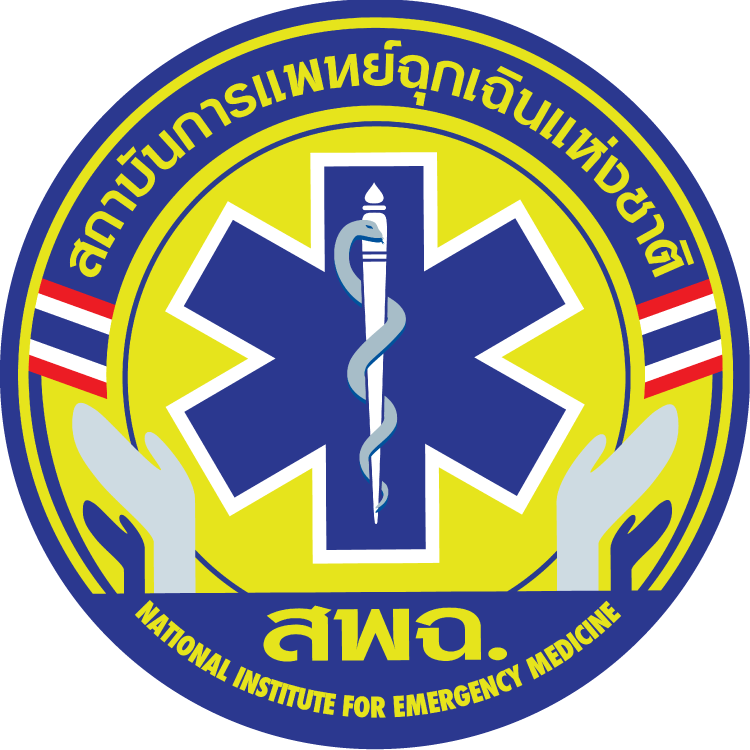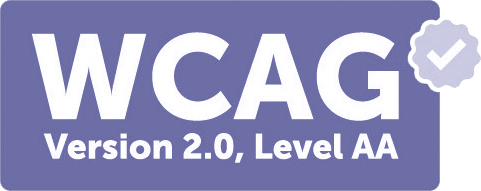International Relation Section, Bureau of Strategy
National Institute for Emergency Medicine (NIEM)
Disasters usually bring chaos to the affected communities. When disaster strikes, communities and normal ways of living are disrupted; essential resources are depleted, and national response capacities are stretched to its limit. Still, every actors and players of disaster responses, either national or international level, must remain efficient within this circumstance, effectively exercise remaining resources and project future trend.
The principle of Self-sufficiency usually goes under the topic of Logistics in Disaster Management. The definition varies, but the term is widely accepted as “to minimize the burden on local/host authorities managing disasters”. If applied to emergency responders, either rescue units or medical responders, it is the concept where the team shall not impose additional burden on the authorities through their lack of self-sufficiency. According to the Regulation and Management of International Emergency Medical Team, the lack of self-sufficiency is considered as equivalent to breaching the medical mantra of primum non nocere or “first, do no harm”.
Examples of situations where the lack of self-sufficiency do more harm to the overall response can be found during the 2011 Tsunami in Japan and Typhoon Yolanda in the Philippines. During the 2011 Tsunami, the requests from overseas institutions that sent human resources to Japan to provide accommodation, transportation and other supports towards disaster-affected area were referred to as burdensome. And during Typhoon Yolanda, many international actors decided to rely on local authorities to provide food and shelters.

The principle becomes a very important topic in disaster management. For medical responders, it is suggested that other than studying on medical topics, self-sufficiency should also be included as a topic in the curriculum for Basic Disaster Medical Responder. Several humanitarian bodies also require their field responders to obtain this skill of having “low-maintenance” before approving for their deployment. The Emergency Medical Teams (EMTs) who request for certification from the World Health Organization (WHO) must declare their ability to become self-sufficiency when being deployed to disaster-affected countries. For instances, they must bring at least a two-week supply of food, or being able to identify local food supply. The requirement has been referred to Standard J of the WHO EMT Quality Assurance Program as being one of the many standards that EMTs shall obtain before they receive the verification. The International Federation of Red Cross and Red Crescent Societies (IFRC) train their Emergency Response Units (ERUs) to become team of trained technical specialists that are designed to be self-sufficient for one month and can operate for up to four months. The Office of Emergency Management hosts a Community Emergency Response Team (CERT) also requires CERT members to learn how to be self-sufficient for 72 hours following a major emergency or disaster.
There are several areas of self-sufficiency that emergency responders should consider. It might range from making sure that the team has enough food, clean water and shelter. They can secure water by having water purifier to purify their own water supply from local water sources; develop tools to support medical and other waste treatment; develop translation capacity; pack enough safety equipment; trained in basic navigation, equipped with communication tools and are able to improvise with what they have at hand.
To enforce for compliance to self-sufficiency principle, institutions prefer to set up Logistics technical standards to govern the operational functionality and self-sufficiency. Therefore, accomplishing for self-sufficiency requires contribution and financial support. It is sometimes can be expensive and complex, but the core principle should be kept in each of the responder’s mind regardless of the size and severity of the disaster. And either it is at the national or international disaster response level, there should be no difference.
Sources:
Conover, K. Self-Sufficiency, Command and Control for Medical Disaster Responders: the Wilderness Search and Rescue Perspective [Internet]. Disaster Medicine. Available from https://www.acep.org/how-we-serve/sections/disaster-medicine/niche-groups2/surveillance-and-patient-tracking/self-sufficiency-command-and-control-for-medical-disaster-responders-the-wilderness-search-and-rescue-perspective/.
Community Emergency Response Team (CERT) [Internet]. Irving Texas. Available from https://www.cityofirving.org/2089/CERT.
International Federation of Red Cross and Red Crescent Societies. Emergency Response Units (ERUs) [Internet]. Available from https://www.ifrc.org/ar/what-we-do/disaster-management/responding/disaster-response-system/dr-tools-and-systems/eru/.
World Health Organization. EMT Initiative. Global EMT Initiative. Available from https://extranet.who.int/emt/.
World Health Organization, International Federation of Red Cross and Red Crescent Societies.
The Regulation and Management of International Emergency Medical Teams [Internet]. 2017. Available from https://www.ifrc.org/PageFiles/233516/EMT%20Report%20HR.PDF.
























































 0-2872-1600
0-2872-1600
 NIEMS_1669
NIEMS_1669
 @niem1669
@niem1669